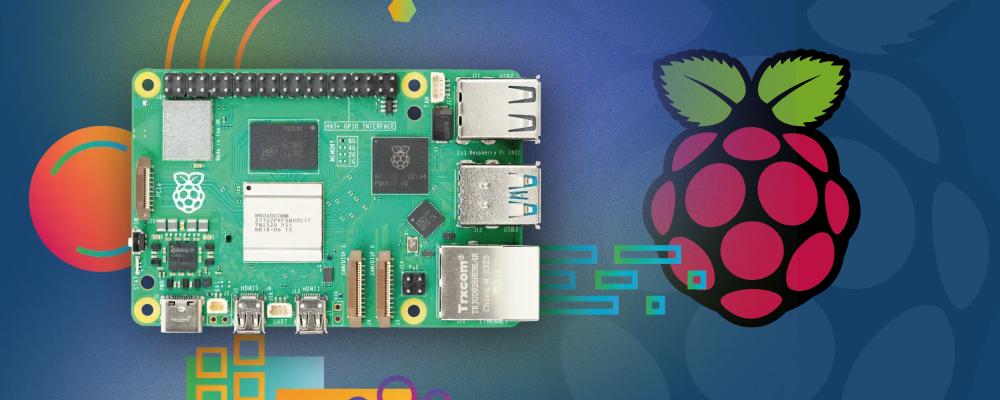
Raspberry Pi Retrospective: A Look Back at 2023
It's time for an annual review of the happenings in the Raspberry Pi community. Let's look at some of the key events of 2023.
The year started slowly with the continuing global semiconductor shortage impacting Raspberry Pi availability. Since 2020 it has been difficult, if not impossible, to obtain Raspberry Pi 4 hardware except at inflated prices. I was tempted to sell some of my old Raspberry Pi boards when I saw what they were going for!
By the middle of the year, the situation was getting better and most vendors had stock, although many were still selling for above list price. Availability continued to improve over the year.
During this time the Raspberry Pi Pico Microcontroller has been generally available, and a new release this year was the Raspberry Pi Pico W model. Retailing at US$6 it sports on-board WiFi and BlueTooth Low Energy.
Another new product based on the Pico is theRaspberry Pi Debug Probe. For those who want the ability to debug a Pi Pico and other ARM-based boards that use an SWD port but don't want to wire it up themselves, it provides a preassembled solution.
2023 also saw the release of the Camera Module 3, which features a 12-megapixel image sensor, autofocus, and a choice of standard or wide field of view, all for a list price of US$25.
Another camera release was the Raspberry Pi Global Shutter Camera. It is a specialized 1.6-megapixel camera that can capture rapid motion, which is ideal for fast-motion photography and machine vision applications. It features a 1.6-megapixel sensor and has a C-to-CS mount adaptor to accept a broad range of lenses.
Welcome Raspberry Pi 5
But the big announcement at the end of September was the release of the Raspberry Pi 5. All indications had been that this would not be seen until 2024, and the Raspberry Pi Foundation managed to keep this under wraps until the release date.
The Pi 5 sports new, faster CPU and GPU hardware, WiFi, Bluetooth, a faster microSD interface, 2 USB 3.0 and 2 USB 2.0 ports, Gigabit Ethernet, a PCIe 2.0 interface, a power button, and a real-time clock. Benchmarks indicate it is roughly four times the performance of the Raspberry Pi 4. It comes in 4GB and 8GB versions priced at US$40 and $80 respectively.
Note that in most cases you will also want to purchase a suitable USB-C power supply, fan and heat sink, real-time clock backup battery, and case (as it is not compatible with cases for the Pi 4). These are available from the Raspberry Pi Foundation, as well as third parties.
As usual, the Raspberry Pi Foundation notified major resellers in advance to provide them with some initial stock on launch day. At the time I wrote this, units were available in most regions with DigiKey having stock of both 4GB and 8GB models in the USA. Raspberry Pi production in early December 2023 was reported to be 10,000 Raspberry Pi 5 units per day, out of a total of 40,000 Pi units per day.
Looking Ahead
Looking forward to the future, in 2024 I expect we will see improved availability of both the Raspberry Pi 4 and Pi 5. A 2 GB variant of the Pi 5 may be offered, although there may be limited demand for it.
A new Compute Module based on the Raspberry Pi 5 silicon has also been promised for release in 2024.
It is widely expected that a new desktop computer like the Pi 400 but based on the Pi 5 (no doubt to be called the Pi 500) will also be released in the next year.
Finally, Raspberry Pi Foundation CEO Eben Upton has hinted that a successor to the Pi Pico, the popular RP2040 dual-core microcontroller, may be on the way.
In summary, the Raspberry Pi 5 was an pleasant surprise, arriving earlier than expected. People who want to get their hands on either a Pi 4 or Pi 5 can now do so without paying an inflated price. As we begin the new year there's cause for optimism as 2024 looks like it will be another exciting year in the Raspberry Pi ecosystem, with more new releases expected.